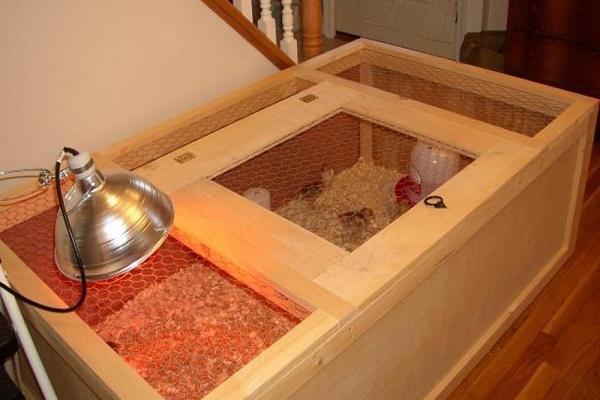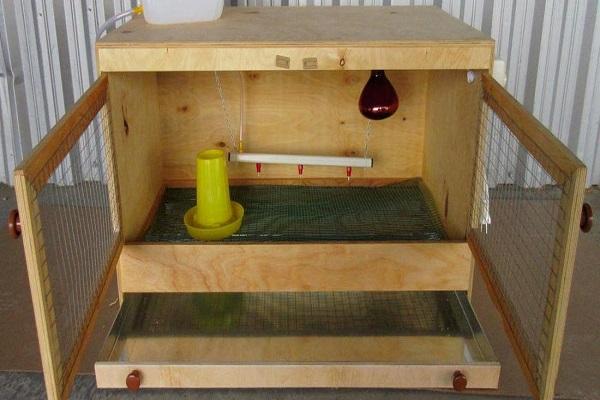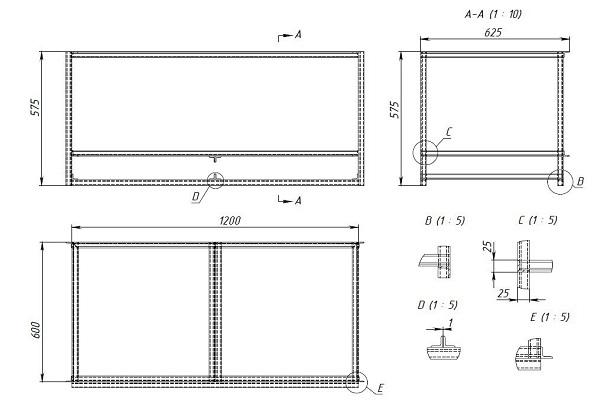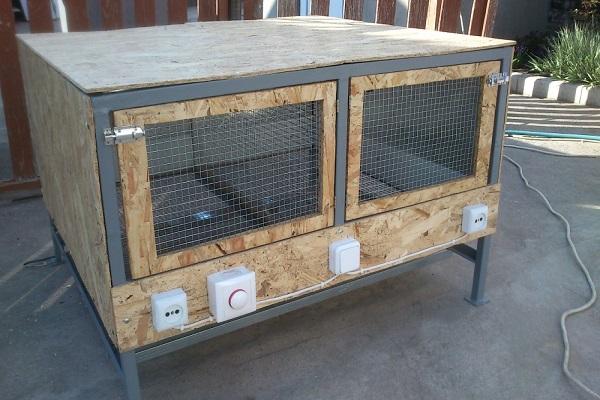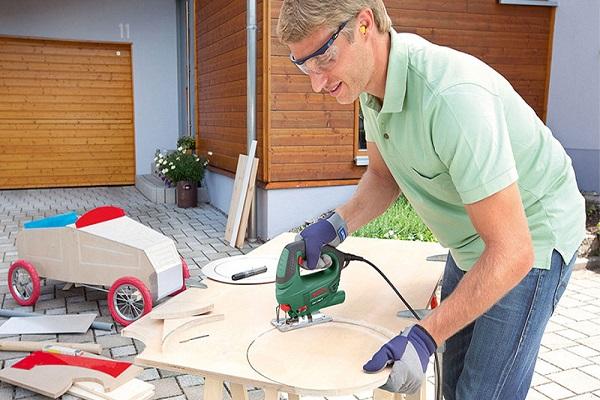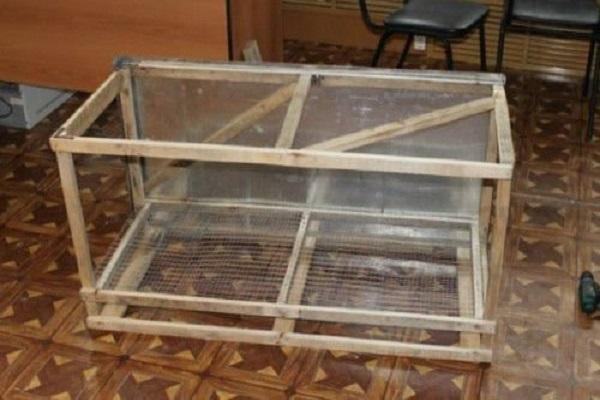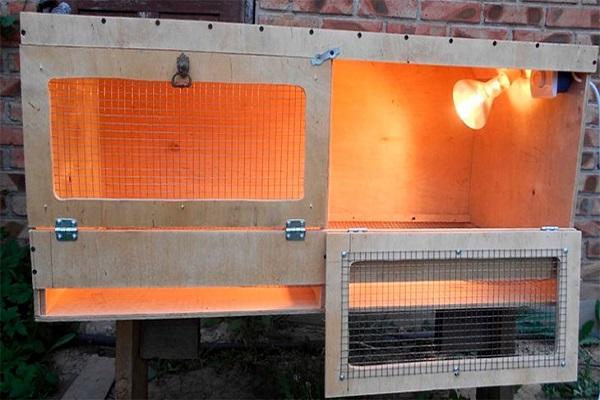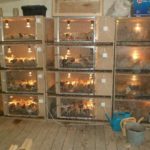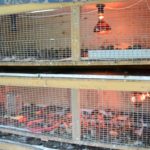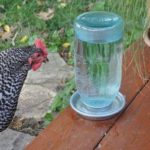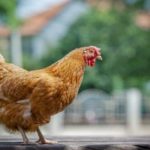Small chickens adapt less well to changes in environmental conditions than adult birds. Temperature fluctuations, increased air humidity, lack of lighting and other negative influences create stressful situations and increase the risk of disease. A homemade chicken brooder helps solve problems.
Types of brooders and their main characteristics
A brooder is a device for raising and heating chicks in the first weeks of their life. Placing broilers in a brooder is not a prerequisite, but it significantly simplifies the maintenance process and allows you to raise healthy chickens with high productivity.
Structures can be divided into 2 types: portable and stationary. The use of the first option is common in private farmsteads where a small number of chickens are raised. Stationary structures are often installed in industrial poultry farms, where the volume of poultry produced is much higher.
Requirements for brooders
The design for keeping chickens must meet a number of requirements. In particular, these include:
- Strength. The floor inside must be strong and able to withstand the load from bedding, equipment and chickens. The roof must be securely fixed so that it does not fall from the wind or other influences.
- Favorable microclimate. Fresh air and a comfortable temperature should be maintained inside. It is also important to exclude through blowing and loud operation of the equipment.
- Planting density. Depending on the free space, you need to calculate how many chickens should be placed in one square so that the chicks do not interfere with each other.
- Equipment. Inside the house you will need to install various equipment for heating, dispensing food and other assistance, so sufficient space should be provided.
Size justification
A brooder with a length of 1 m, a depth of 35 cm and a height of 45 cm is considered to be universal in size. This design is designed for approximately 30 chickens. If there is a need to raise 50 chickens or more, you can build a house up to 70 cm deep and 1.5-2 m long.For ease of cleaning and maintenance, it is recommended to place the structures at a height of 80-110 cm from the floor. As a rule, the largest structures are designed for a maximum of 100 chicks.
Materials
To make your own brooder for keeping chicks, you need to prepare a set of building materials. To build the structure you will need:
- Oriented strand boards 9 mm thick. The material can be treated with a primer and oil-based enamels, and can be easily sawed with an electric jigsaw and circular saw.
- Polycarbonate leaves for cladding the house. The hollow panels have internal stiffeners and are coated with a protective ultraviolet layer.
- Penoplex for thermal insulation of the structure, which is especially important when located outdoors.
- Plywood 6-8 mm thick, usually made in the form of sheets. If necessary, the smooth surface can be coated with waterproof paint or colorless varnish.
- MDF boards in the form of panels 8-10 mm thick. The dense material is suitable for outdoor use when treated with a primer.
Blueprints
Before proceeding with the actual manufacture of the structure, you need to prepare detailed drawings. The diagram indicates the dimensions and name of the building materials used, the exact dimensions of the finished structure, the height of placement, and the presence of additional elements. In addition to the drawings, a cutting map is formed, and then blanks for the main parts of the brooder are made using special equipment. Drawings must be drawn up regardless of which chicks will be raised in the house - daily or weekly.
Criteria for selecting a finished structure
Specialized livestock stores offer a wide variety of ready-made buildings. When thinking about purchasing a structure, you need to take into account several criteria. Including:
Assess the dimensions of the structure. Depending on the number of chickens, you need to select a brooder of the appropriate size. It is especially important to provide space when keeping fast-growing broilers.
- Inspect and check the condition of the floor. The coating should not be slippery to prevent injury to the chickens' paws. The best option is to have a plastic mesh with compartments.
- The presence of a second bottom. A special retractable tray at the bottom of the structure is necessary for collecting waste and excrement.
- Availability of feeders and drinkers. Chickens should always have access to water and feed, so if feeders are not available, they will need to be installed separately.
- Condition of ventilation and heating devices. All internal equipment must be in good condition. Modern varieties of brooders are equipped with air conditioners and automatic heaters.
How to make a brooder with your own hands
There are many ways you can make your own brooder. If you want to build a structure, you need to prepare materials, tools, draw up drawings and act according to one of the proven methods. The main requirement is that favorable conditions for raising chickens be created inside the finished building. The use of crates, containers and boxes for keeping young animals is not recommended, since it is difficult to create a suitable environment in them.
Preparation of materials and tools
To carry out the work, you will need to prepare a standard set of tools and materials. Depending on the chosen method of constructing a brooder, the need for some tools may disappear. It is recommended to prepare the following equipment:
- circular saw or jigsaw;
- roulette;
- hammer;
- screwdriver;
- pliers;
- nails, screws, self-tapping screws;
- felt-tip pen for marking.
Construction stages
When making a brooder, just follow the step-by-step instructions. A common construction option involves performing the following steps:
- First of all, a timber frame is constructed. The easiest way is to make a base for the upper and lower areas, and then connect the elements using perpendicular beams.
- Jumpers made of timber are attached to the bottom and top of the frame.
- Blanks for walls and floors are cut from plywood sheets. The parts are attached to the frame using screws and nails. The front wall is covered with mesh.
- The legs are prepared and secured to the frame with fasteners.
- The upper doors are made of plywood. To do this, cut out a section of suitable dimensions and fasten it with loops on the frame. The design can open like a chest or have 2 doors.
- A mesh divided into cells is laid inside the structure, and lighting and heating devices are installed.
Lighting and temperature conditions
In the first days of the chicks’ life, the ambient temperature should be maintained at 30-32 degrees, then gradually lowered to 20-22 degrees. Heating and lighting inside the brooder can be done using infrared lamps. Lamps emit light and dissipate heat. The disadvantage is that the air dries out, so you will need to put a cloth soaked in water inside and maintain the humidity between 55-70%.
You can also use standard 15-50 W incandescent lamps for heating. A brooder with such heaters is easier to regulate even without installing a special thermostat.The heating level and lighting intensity are controlled by reducing or increasing the supply voltage.
Brooder setup
In addition to heating equipment, additional elements need to be installed in the brooder for birds. Even the simplest design should be equipped with ventilation to circulate fresh air and eliminate unpleasant odors. Also an integral part of the device are feeders and drinkers, which are recommended to be equipped with LED lighting that functions in the dark. Deep containers should not be used as drinkers, as chickens may choke in them. The best option is nipple drinkers with a built-in drip catcher.

